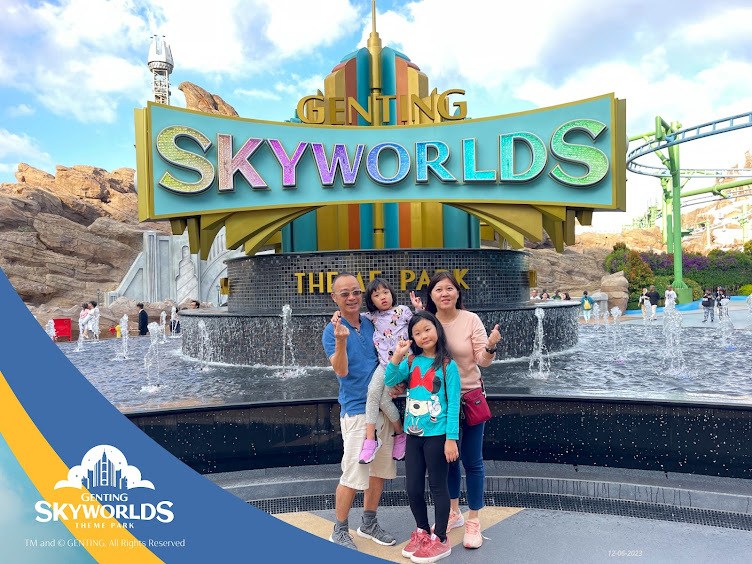Singapore offers several guaranteed income instruments to its residents. Here are some common ones:
1. **Singapore Savings Bonds (SSBs)**:
These are a type of government bond issued by the Monetary Authority of Singapore. SSBs offer a low-risk investment option with a fixed interest rate and the flexibility to redeem your investment at any time without penalty for 10 years. As of end April the average interest rate is @3.06%. Take note that the max. amount you can hold is $200k in Singapore savings bonds in total for the SSBs. There is also a $2 fee that will be incur when you purchase and redeem the Singapore Savings Bonds. Base on projection, it should remain @3.06%. The advantage for this is if you have extra cash sitting around idling in the bank, should consider to put inside the SSB. You will earn extra interest than put in a Bank Savings account. In the event if you need to liquidate your money in the SSB, it provides the flexibility of getting the principal back and interest of the month back to you. You can apply for SSBs in the 3 local banks (DBS, UOB, OCBC) through internet banking.
1. **T-bills**
T-bills are giving a higher percentage. It is giving 3.74% for 6 months and 3.54% for 1 year. The amount you can apply is up to $1,000k for any bonds that are open. Take note though you will need to hold your bonds until maturity. The advantage for T-bills is that you get your interest upfront. Take for example if you have invested $1k, you will get $18.70 in the bank account for the 6 months bond. After which you will get back the $1k when the 6 months holding period are met. There is also no $2 fee incur like the Singapore Savings Bonds. You can apply for T-bills in the 3 local banks (DBS, UOB, OCBC) through internet banking.
3. **Fixed Deposits**:
Banks in Singapore offer fixed deposit accounts where you can deposit a certain amount of money for a fixed period at a predetermined interest rate. These are considered low-risk investments as they are typically backed by the bank's stability. Take note though the interest rate for fixed deposit has been dropping from 4% till 2.6% ~ 3.5%. Do note for fixed deposit you can withdraw your principal anytime but you will lose the interest if you did not hold it till maturity.
 |
| Table of Banks from lowest to highest rate |
4. **Annuities**: Insurance companies in Singapore offer annuity products that provide a guaranteed income stream for a specified period or for life, in exchange for a lump sum or periodic payments. Personally i will not recommend the annuity products as nothing beats the CPF Life unless you know that you will not able to live a long age and then annuities make sense if not i would rather pump the cash to CPF Life to beef up the retirement.
5. **CPF LIFE**: The Central Provident Fund (CPF) is Singapore's mandatory social security savings plan. CPF LIFE is an annuity scheme that provides a monthly payout for life starting from a certain age, usually from the age of 65, using the member's CPF savings. Base on the new ruling from 2025 onwards, CPF members got the option to top up to 4x BRS (Basic retirement sum) when they reach age 55. This enhance retirement should be able to afford retirees from age 65 onwards a comfortable living toward the twilight years. Personally i feel that the Government can encourage people to further top up to Enhance Retirement sum before age 55 meaning can contribute cash or ordinary transfer till the amount reach 4x BRS instead of only 2x BRS. This will enable members to meet ERS faster and a piece of mind during 65.
5. **Endowment Plans**: These are insurance savings plans that provide both protection and savings elements. They typically offer guaranteed returns over a specified period and may include bonuses depending on the performance of the insurer. The term could be 10 years afterwhich an accumulation period of 10 years before having a fixed payout of 20 - 30 years. Personally i would rather invest it into other plans like CPF life, fixed deposits, tbills, SSBs. I can enjoy liquidity and the higher interest rates compared to Endowment plans.
Before investing in any guaranteed income instrument, it's important to consider factors such as your investment goals, risk tolerance, and investment horizon, and to conduct thorough research or seek advice from a financial advisor.



